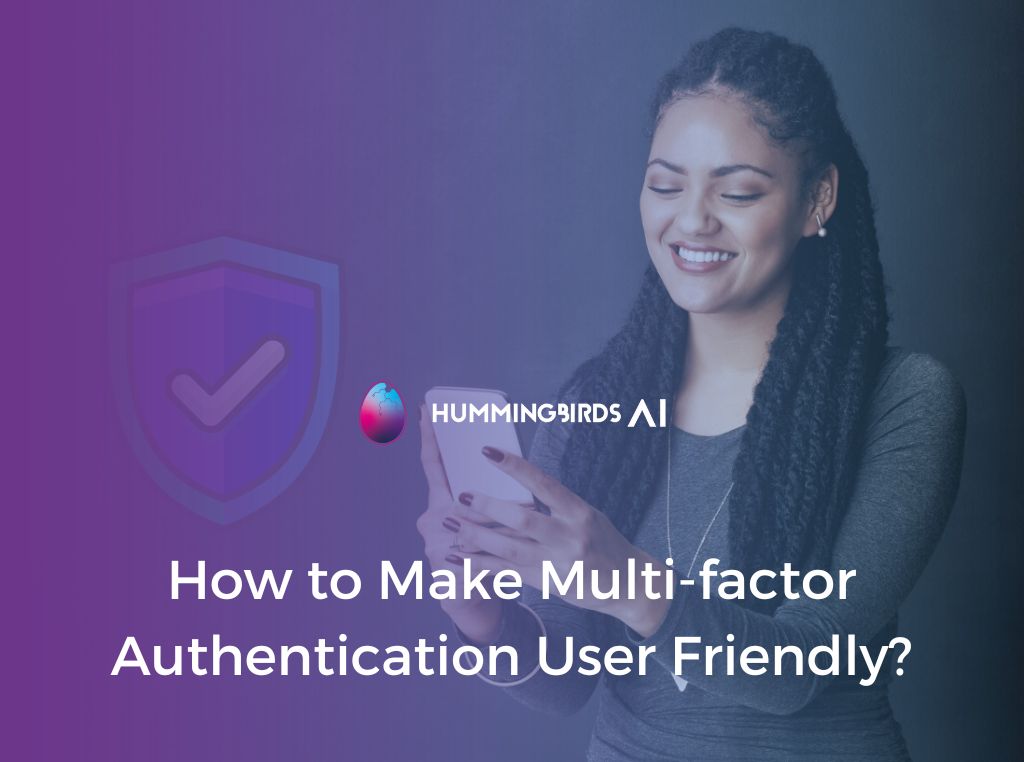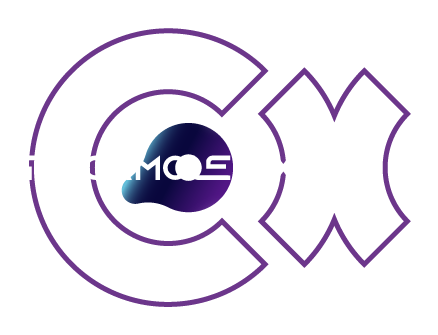How to make multifactor authentication user friendly
Bank tellers use terminals to access customer financial information and perform transactions with the highest Multi-factor Authentication (MFA) security standards. It means that every time they step away from their terminal, even for a few seconds, they are required to lock the terminal and re-authenticate upon return. This practice is not only frustrating for the employees, but It’s also from the employer´s side. It affects productivity and the capacity for customer service, and it costs banks millions of dollars. Could biometric re-authentication bring a better cost and money-effective future to banking?
Multi-factor authentication to secure bank teller terminals
The potential for cyber attacks is related to the perimeter being secure. The more devices connected to your network, the bigger the chance for a data breach. Especially for banks, which handle extremely sensitive data in a big number of devices and terminals, multi-factor authentication (MFA) is the key to its protection. However, the frequency at which employees authenticate daily shows its unfriendliness towards high-demand users, such as bank tellers, and opens a path toward new tools and mechanisms to improve the re-authentication process.
Bank tellers utilize terminals to provide an array of services, from dispensing money to handling deposits and withdrawals, and making all types of transactions involving consumer financial information. These terminals need high protection against prying eyes and unauthorized people trying to get access all the time. Even sneak-peaking at the screen may represent a major security problem. In order to prevent any misuse of the terminal, banks apply MFA (multi-factor authentication) and although there are different ways to deploy it, passwords are the most common authentication method which is not productive and studies show the process of multiple MFAs during the work hours are frustrating, so employees often ignore the need of logging off the terminals when they are away from the station.
The invisible cost of multi-factor authentication: productivity
MFA implies the use of more than one security key to access the device at the beginning of the session and every time the session is paused. In other words, every time bank tellers leave the station and return, they must re-authenticate to use the device. So every time a bank teller goes to the bathroom, approaches another employee for consultation, or grabs a coffee, they need to log off and by returning, log in back. What seems to be a simple part of the daily routine can represent a burden, and a considerable waste of resources if put in perspective.
Once the user has been authorized by using the bank’s MFA method of choice, the day begins. On a regular daily basis, bank tellers interrupt their sessions an average of 50 times, if not more. This means that they must type their password and use a second device 50 times in an 8-hour shift. That easily amounts to one hour a day, almost 10% of the working shift goes wasted on doing repetitive MFAs. Sounds like a small and redeemable number? A regular bank branch has an average of 4 tellers, working 5 days a week. In a month, just one branch loses 80 hours or more of productive time. Multiply it by the number of branches, and you’ll get hundreds of hours of decreased productivity.
And that is when nothing goes wrong.
According to PC Magazine, the average American gets locked out of 10 online accounts in a month and spends about 10 minutes with each password reset. Employees are no different. Each month almost 3,000 passwords need to be reset. In some situations, resetting the password involves three people — the employee, the employee’s manager, and someone from the IT department. It takes an average of 30 minutes per person. So if each of the involved employees earns something between $25 to $12.50 an hour, password resets cost the company an average of $100,000 each month in productivity.
How to ease MFA friction with biometric re-authentication
MFA protects bank tellers and their terminals from unauthorized access and misuse buts its constant deployment of passwords to regain access to the session comes with a cost that companies and employees are paying too high: they are wasting valuable productive time and are failing to provide their customers with better service because their own user experience is not efficient. The question that arises is obvious: how could both, employees and banks, balance security for their data and devices with a superior user experience? The answer is in the friendly and secure re-authentication mechanism.
According to Verizon, 80% of breaches among employees are caused by poor password security with an average cost to companies of $5.2 million a year. To reduce these operational expenses, increase security and improve the user experience, many companies are looking into biometric re-authentication: it maintains the high-security standards of their MFA with a plus: an improved and frictionless user experience.
Facial biometric for friendly re- authentication
Banks are seeing great benefits from biometric re-authentication solutions such as GuacamoleID. It helps bank tellers get rid of the friction while still keeping devices protected. GuacamoleID is a continuous re-authentication solution that maximizes productivity and improves user experience. A solution is invisible to users that also keeps them and their device secured from prying eyes or unauthorized access.
GuacamoleID uses facial biometrics to identify authorized users and bind them to their devices. So it allows only them to use their terminals. This same technology secures the terminal automatically when the user steps away by blurring the screen. When the user returns, the terminal will be accessible once more without the need to do multi-factor authentication. GuacamoleID extends the authenticated session through the small interruptions in the day, and is prepared to block the device if unauthorized use is attempted. It combines cybersecurity and workflow optimization when it:
-Increases productivity by 91%: Bank tellers spend more time working, and no time is wasted with multi factor authentication, or token in second devices.
-Improves user experience: The face becomes the seamless re-authentication key.
-Improves security: Cyber attacks caused by passwords as an infiltration vector are eliminated.
Automation in the future of banking customer service
In the last decades, many of the tasks performed by bank tellers were taken over by ATMs thanks to automation. The evolution of new technologies and innovation will increase the automation tendency, leaving repetitive activities to technology and, thus, giving bank tellers more available time for customer service and sales. By adding automation solutions in their re-authentication processes, banks will be able to scale, increase operational efficiency, and reduce processing costs.
For more information on how to automate and improve your MFA experience with GuacamoleID biometric re-authentication, contact us.










